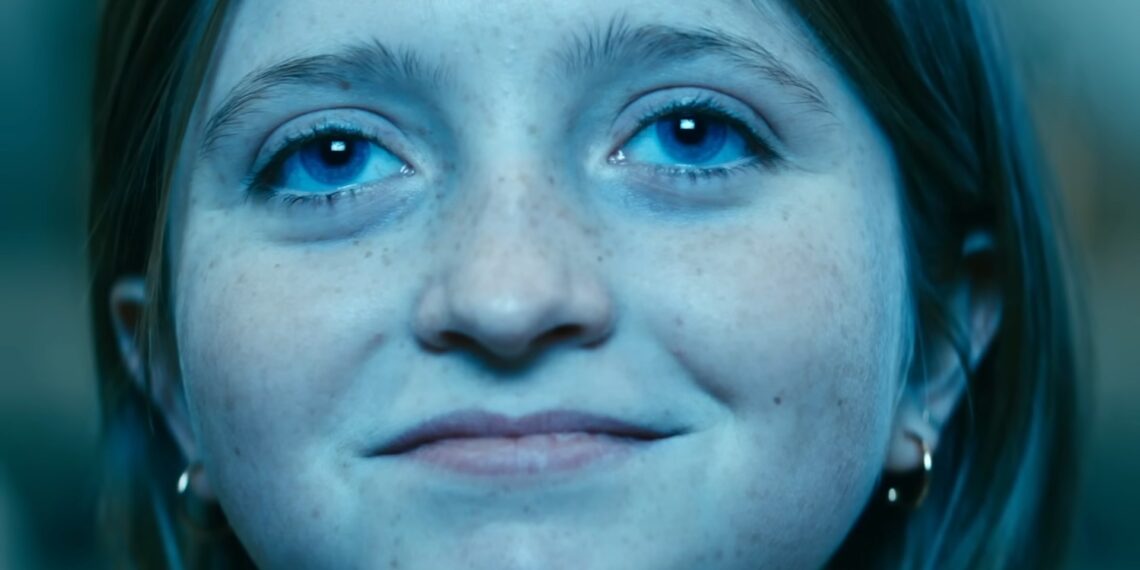The movie Leave The World Behind was just released on Netflix. It seems like every year in December, there are movies like Bird Box, White Noise, and now this one to add to the list.
Based on a blackout that occurred while the family was on vacation, the true homeowners came late one evening and then a national state of crisis was declared.
This film explores a lot of very thought-provoking subjects, like how one would behave in the event of a civilizational collapse, the dependence on modern living, prejudice, and preconceptions, and how they could change when a country is brought to its knees.
Let’s get started with the Leave the World Behind ending explained, its actual meaning, and the potential for Leave the World Behind 2.
Leave The World Behind 2 Release Date
Let’s get this straight first, Leave The World Behind was just released on Netflix at the time of writing and there hasn’t been any news regarding the renewal of the movie for a sequel. Looking at the end of the movie, the has somewhat concluded itself.
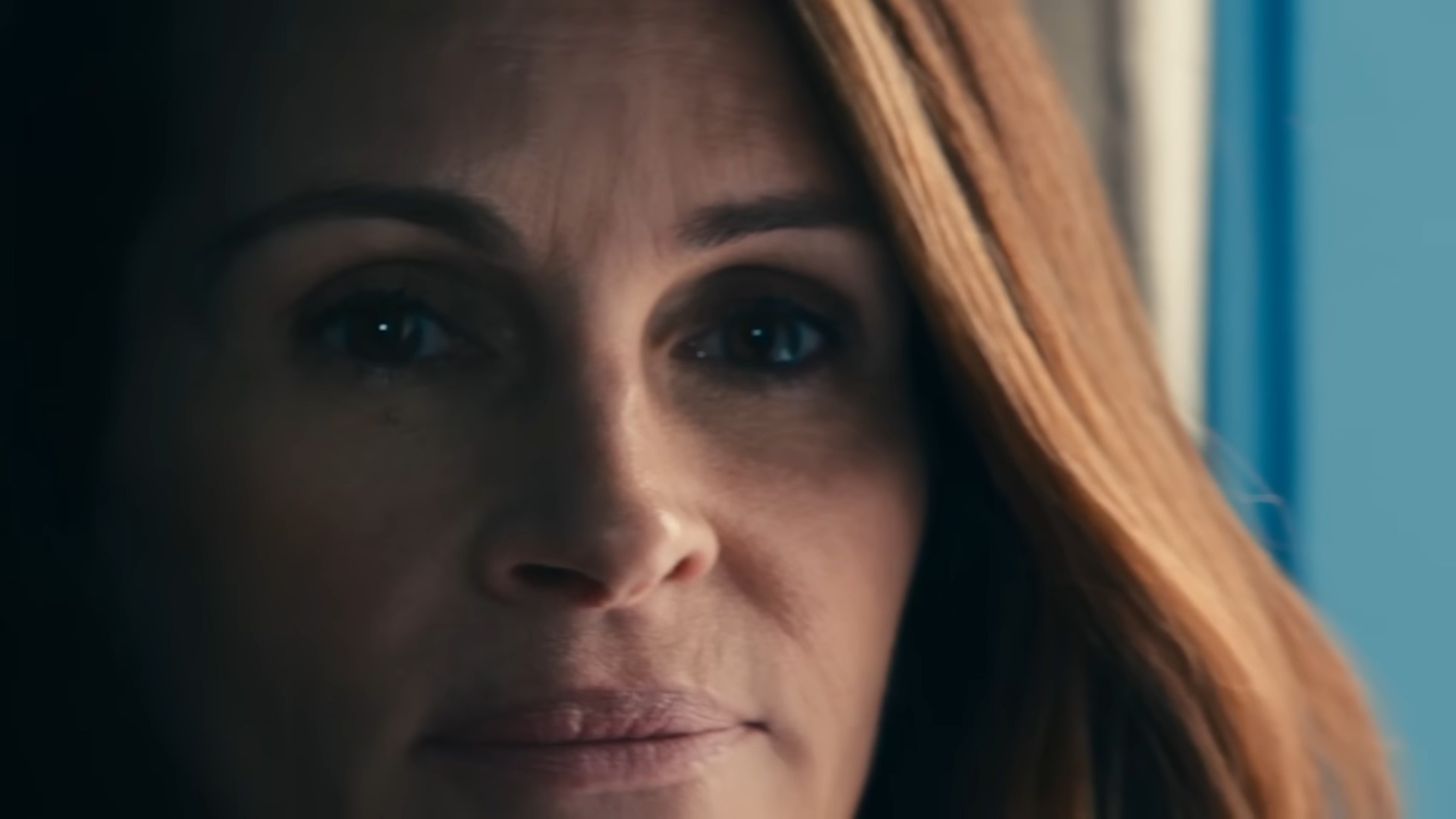
But regardless of that if Netflix is planning to make a sequel, renewal news for a sequel for this movie could take the least a month or two. And seeing how another Netflix movie “A Quite Place” took two years for a sequel to be released, I think Leave The World Behind 2 will most likely be released at the end of 2025.
Leave The World Behind Ending Explained
In the last moments of Leave The World Behind, George learned the truth about what was truly going on in the nation. The fundamental goal of the events taking place, the ongoing cyberattack, the stages of isolation and synchronized chaos, and the circulation of false information was to destabilize the nation and turn its own citizens against one another, ultimately leading to its collapse.
Something that was related to both one of the film’s opening lines and the monologue given by Amanda in the shed.
In the first scene, Amanda breaks the fourth wall by staring directly into the camera and expressing her hatred for everyone, a trait that is frequently seen in society: a lack of concern for one another. People who annoy others without any apparent reason.
Additionally, Amanda mentioned in her monologue in the fifth and final chapter that she witnessed the worst in people both personally and broadly while managing client relationships. People try to convince themselves that they care about the world and other people, despite their lack of concern for either, because of the tiny, meaningless decisions they make.
Purchasing paper straws rather than plastic ones and free-range chicken, for example. It demonstrated how irrelevant all of that would be when it came time to revisit earlier choices and how assumptions would need to be challenged.
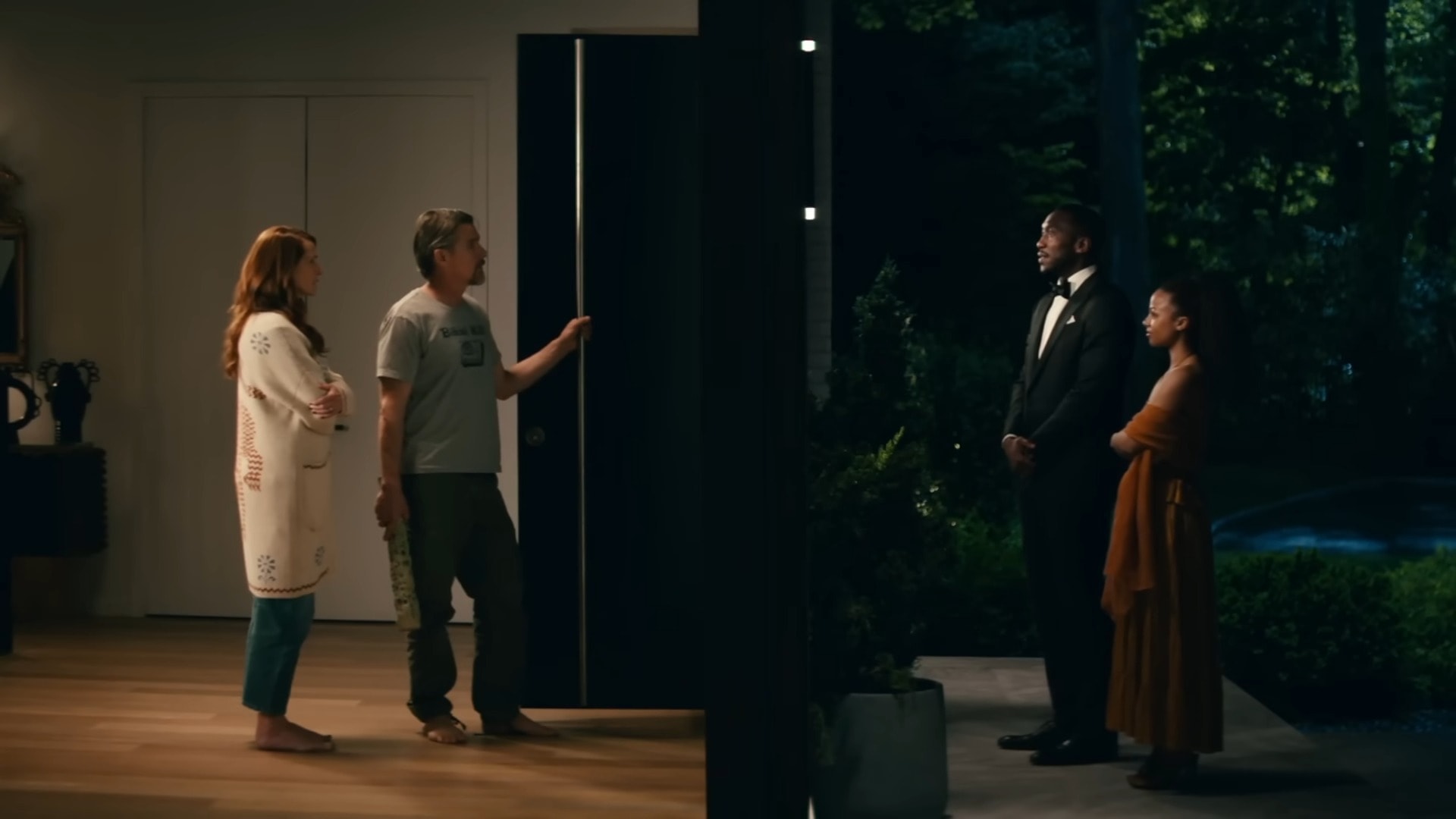
Even though Amanda hates humans, in reality, every person she has ever known and collaborated with is burning in the city beyond the river from where she was standing. However, she didn’t really want it, and now she has to rely on Danny in addition to herself for her son’s survival in this strange new environment.
It demonstrated that everything changes as the world turns on its head, and you might need to adapt to survive. Similar to what we witnessed when she initially established her bias toward George and his daughter Ruth. However, with time, that also changed.
Each character in the film had a unique perspective on what was happening and who was responsible, and this contributed to the disinformation aspect of the narrative. And something that would serve as a catalyst for people’s internal mistrust to begin to develop.
One of the primary things that was evident was the fact that people respond differently in situations such as this one. While they are being protected, some people keep to themselves, some aid others, and still others don’t know what’s going on.
The Importance Of The Friends TV Show
After one of the most striking scenes in the film—the city engulfed in flames as it was revealed that the last phase, a civil war, was about to break out—the film ended with Rose entering Thorn’s house, the location of the emergency bunker, and traveling down into it.
Once inside, we discovered that she had come across an entire wall filled with DVDs and that she had discovered the last season of Friends on a shelf, complete with the last episode she had been dying to watch after the Wi-Fi went out and all of the connections were broken since the satellites had been removed.
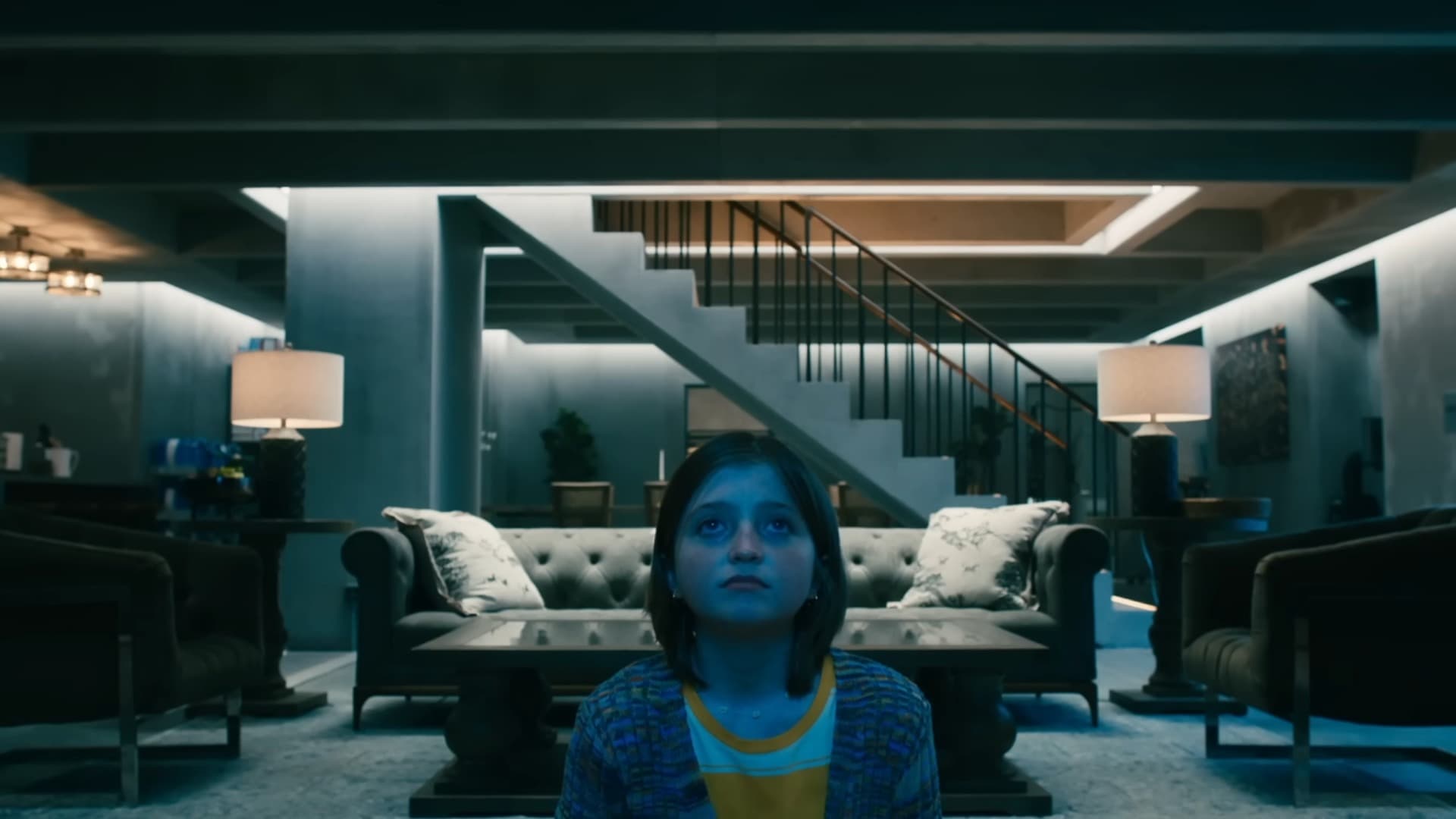
Rose turned it on and quickly checked the Netflix icon button on the remote control to start playing it. The movie ended with the theme song, “I’ll be there for you,” and she was grinning as the TV light hit her face. The reason lyrics were so important was that in the brand-new world that was going to be created, the only thing that counted was one’s trust in another to support them.
Rose’s ignorance of the situation made it possible for us to recognize the innocence of all that was happening. She showed little interest in what was going on, nor did she really grasp it. Like other people in today’s world, she is a child who finds it difficult to operate without her screens. We observed the behavior of a screen addict in a place absent of visual stimuli.
The cliffhanger for Rose of not knowing what happened during the finale of Friends was eating her up inside, and she ultimately went out hunting for a screen that did actually work.
The line about Friends being a show that provides nostalgia for a time that didn’t even exist was maybe something that Rose was seeking in the moments of chaos. Panic was everywhere, and maybe all she wanted was a taste of normal life.
What this also showed us was the importance of physical media and having some physical things left in the digital age. Because if it all goes kaput, then what have we got?
A Look On Society
One thing that I thought this movie did particularly well was that it put a magnifying glass on society and the way that it is in the present day. For example, how technology-reliant we are, and also how people almost blind themselves to what’s going on in the world. That was most prominent with each different arm of the characters knowing different amounts.
For example, the main family knew nothing of what to expect and got lucky that they were out of the city unless Amanda truly knew and left the city because she knew it would be a good idea to. Something which would throw the story onto its head and tie into the fact that she didn’t actually warn anybody because she hated them.
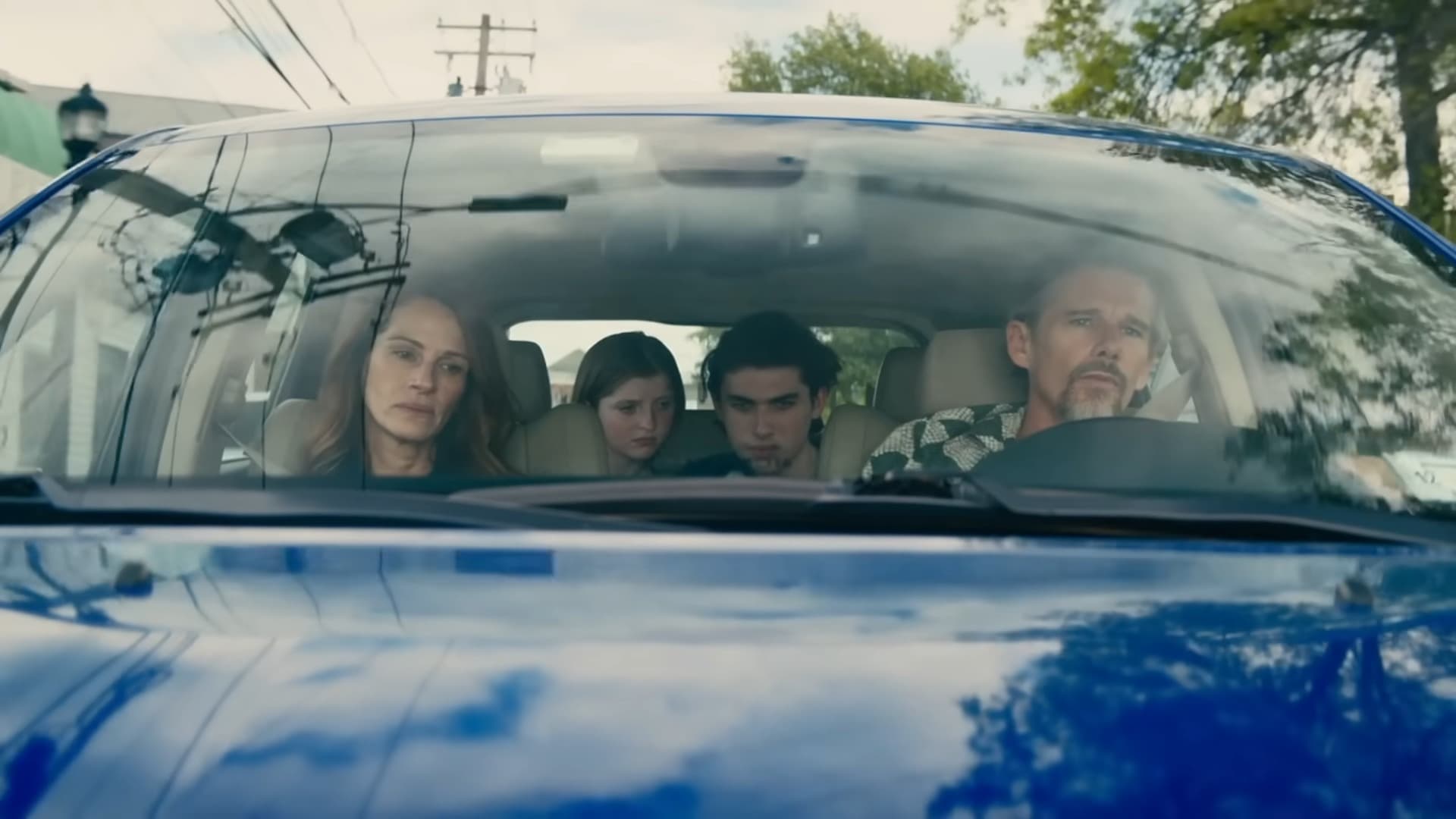
George had an inclination that something could happen due to his line of work. Danny was prepared because of the newspapers, and the Thorns had a full-blame shelter built in anticipation. Each character had a different level of understanding and it was mainly because of how much time they spend keeping track of what was going on outside of their life.
One thing that I thought was quite funny in the movie, though, was when Clay paid Danny for the medicine to help his son recover, and Danny uttered the line that he knew that it would come to a barter system, to which Clay responded with “it’s still cash, it’s not a barter system”.
I think this was deliberately said because cash in itself, even in our world, is a dying form of payment. Most people pay by card or digitally now. So it was a nod to the fact that cash is a physical object to barter with, not only in today’s world but also in the world that was being destroyed.
A way I feel the movie got across the fact that it was also shining a light on society was by the camera angles that were being used. The overhead shot was something that would often be present at multiple different times in the chapters, and it would tend to happen through a smooth transition of just pulling out of the environment.
I feel like it was utilized in that way and so often because it was a way of almost highlighting that we were looking down onto something that was happening. And it was telling a story of what it would most probably be like based on today’s world.

